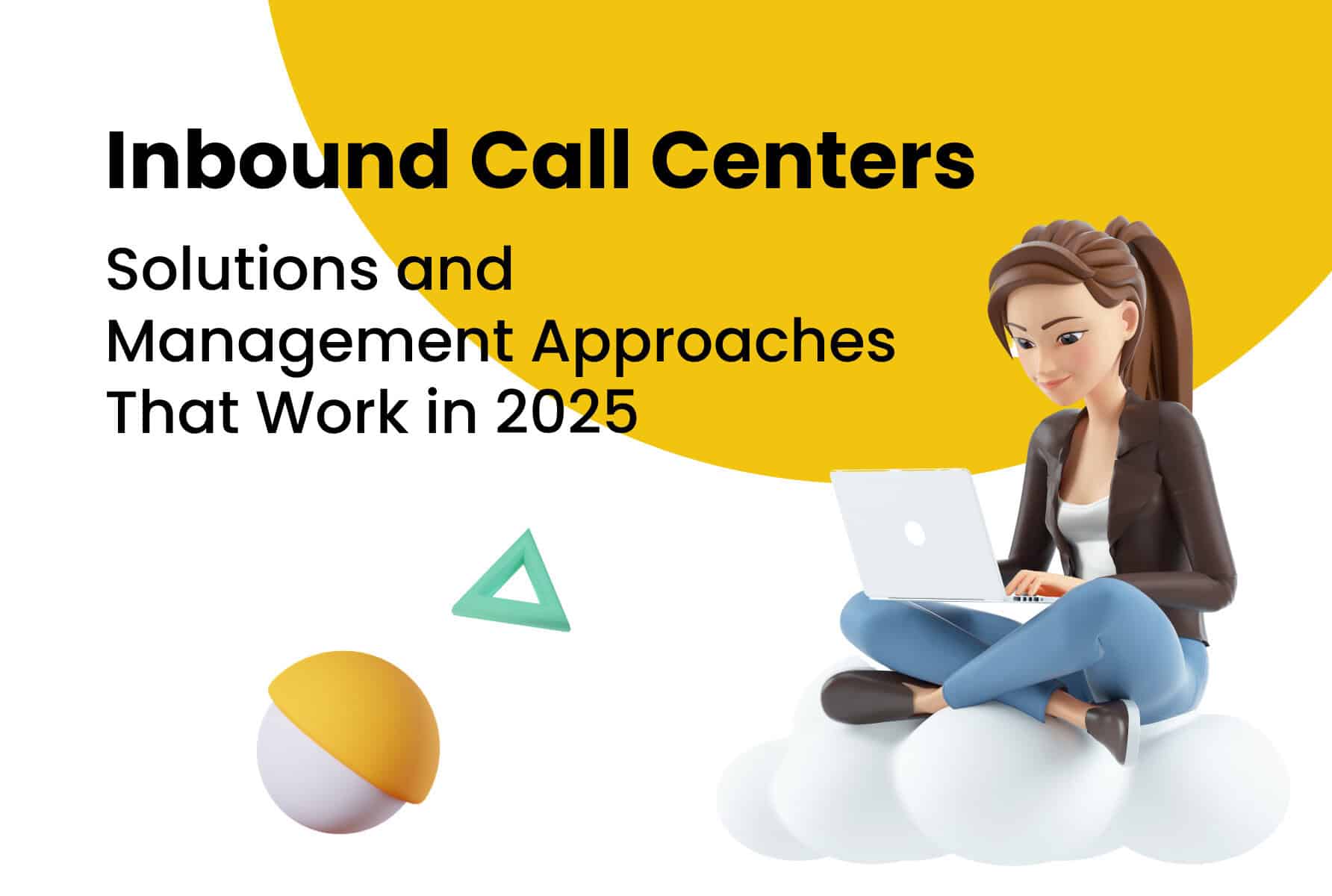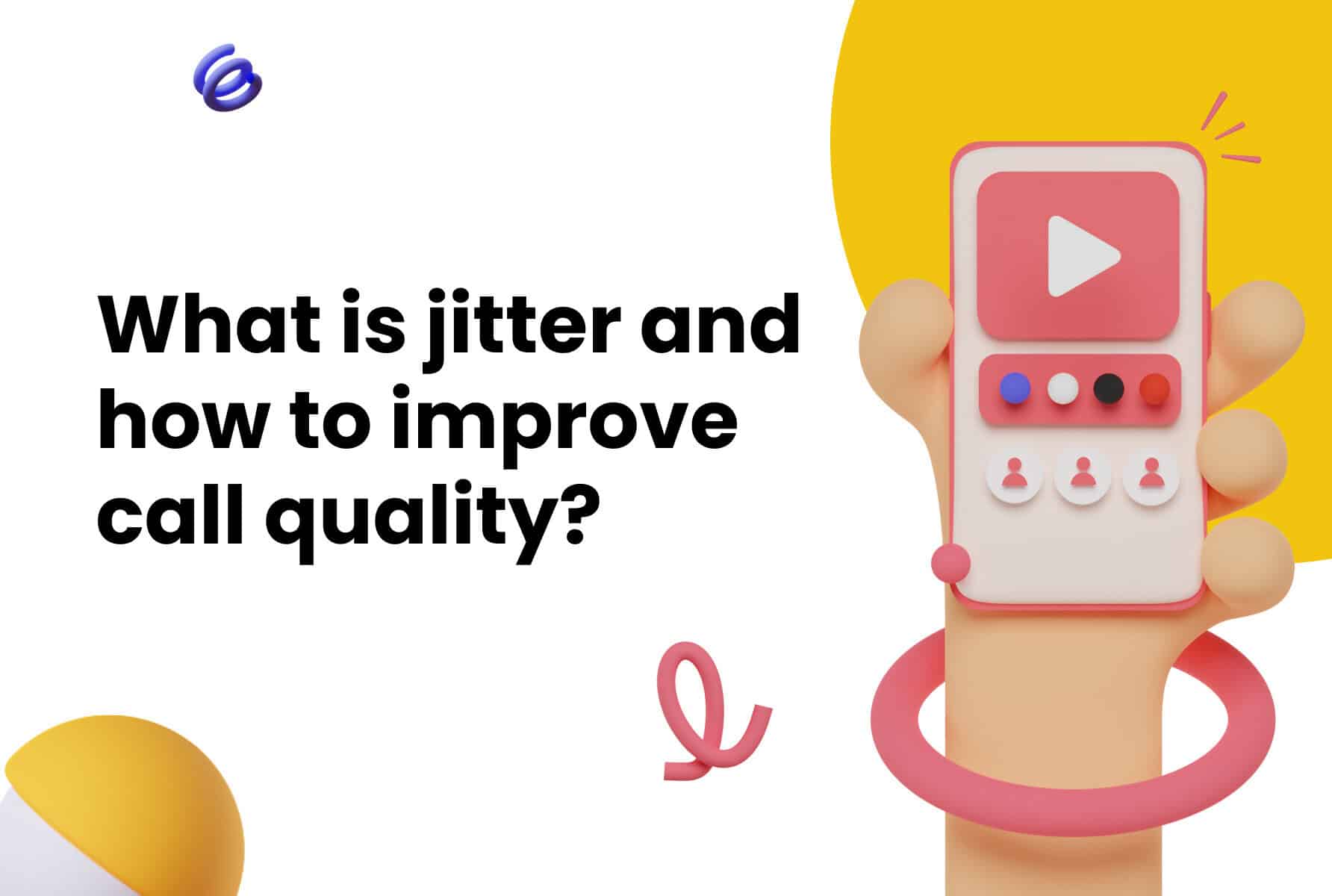In today’s fast-paced business landscape, the need to foster high-performing, interconnected teams while harnessing the power of artificial intelligence (AI) and understanding its associated risks is a challenge of paramount significance. It has become increasingly clear that the ability to strike a delicate balance in this complex equation can spell the difference between success and stagnation for businesses. The question that now looms is… How will this affect the future of work?
In this blog, we delve into the rising wave of VoIP, its integration with Customer Relationship Management (CRM) systems, and its role in shaping the future of business communication, shedding light on the profound implications it holds for enterprises seeking to thrive in the digital age.
Juggling the need for high performing and connected teams, combined with understanding the risks of AI while maximising its capabilities, is perhaps the ultimate challenge for businesses. Being able to do so well will likely become a critical margin for success. But how can they do it, and what advantages will new communication technologies bring?

Download the full eGuide for FREE, now!
A rise in VoIP capabilities
VoIP (Voice over Internet Protocol) is a telephony system that allows users to make and receive phone calls over the internet. It offers huge potential for small businesses looking to expand, and there are plenty of benefits for established companies to streamline and improve their processes while making cost savings.
According to software comparison website, Findstack:
- VoIP can save customers around 50% of their communication costs
- Cloud telecoms are growing at a rate of 19.9% CAGR as of 2021
- 82% of companies report savings by moving to the cloud
- VoIP costs are only expected to rise only 3% by 2024.

Here are the benefits you can expect with VoIP:
- Advanced calling features such as on-hold music and auto attendant that can help small businesses project a larger sized operation
- Direct and indirect cost savings, with no need to pay for private branch exchange (PBX) hardware, or copper wiring, cheaper cost of calls, and a reduction in recurring fees such as hardware maintenance costs
- Expansion won’t be a problem either as the ability to add new phone lines as and when needed means scalability is achievable and does not require the significantly larger investment in new traditional landlines or equipment. It also means that in an unpredictable global marketplace, businesses can adapt easily by adding or removing lines at the flick of a switch, and scale up using global numbers for international calls
- As we look towards a more remote working environment, VoIP technology provides a platform where teams can come together more easily to connect and collaborate with colleagues by accessing data through their mobile devices. With such accessibility, this means productivity improves and critical learning and training programs can be accessed easily. In fact, with tools like CloudCall’s Real time coach, on-the-job training is facilitated.
Integrating VoIP with CRM
With so many advantages, it’s unsurprising that VoIP is becoming essential for business communications. And, when integrated with a Customer Relationship Management system (CRM) via a Computer Telephony Integration (CTI), its capabilities grow more. Here’s how:
- When VoIP technology is integrated with an existing CRM system CTI data is synced and calls can be made using the data available, keeping all communications in one platform and helping to streamline processes.
- When used with a softphone, (a VoIP software application that can be downloaded and accessed on an internet-enabled device) all VoIP features can be accessed, e.g., SMS messaging and contact records. This means remote workers or sales teams can access the call features they need, anytime, anywhere.
- A higher return of investment is possible as all communication systems are brought together, reducing the need for further software investments. Using the data collected from the calls, managers are able to resource more efficiently and better manage call performance.
- Customer engagement is improved dramatically as all CRM information is available. Having detailed contact information during calls makes for more engaging and productive interactions, plus, as all calls are synced to the CRM automatically, there is no need to make notes or worry about forgetting conversations.
- Because calls can be made directly from the CRM, there is little time wasted looking up numbers or searching for previous call notes. This allows time for more calls to be made, increasing productivity.
What will the future hold?
The ISDN switch off
Aside from the merits of VoIP and integrating with a CRM system, adoption of the technology is likely to accelerate as a result of the ISDN (Integrated Services Digital Network) and PSTN (Public Switched Telephone Network) switch off in 2025. Known as the ‘BT switch off’ individuals and businesses with traditional, copper wire phones or landlines will no longer be able to use them, or any systems that connect to them, including EPOS machines, alarms or CCTV systems. According to BT: “As an essentially 20th century technology, the PSTN is increasingly out of kilter with the demands of 21st century communications.” continuing: “Digital is the answer.”

This brings a new necessity for businesses to switch to IP technology, like VoIP, where calls are routed via the internet. If you use a PSTN network, the following steps will help ensure business and operational continuity before the switch off date:
- Conduct an audit of your existing system, including how many direct dial numbers and phone lines you have, the processes you use for handling unanswered calls, and whether your employees work remotely
- Check the reliability and quality of your internet connection and its speed
- From here, create a migration plan detailing your business’ specific needs, for instance, the need for remote access.
- Look for the best VoIP provider who cannot only offer equipment advice and options, but a system that integrates specifically with your existing CRM. Afterall, if you have a specialist CRM for recruitment, for example, it makes sense that you have a specialis phone system for recruitment too.
Although moving your communications systems may seem a huge disruption, with careful planning and support from your new provider, migrating to VoIP is a simple process, typically taking 2- 4 weeks.
VoIP will harness 5G
5G will transform connectivity. The quality of audio and video calls, plus Web Real Time Comms (WebRTC) will be significantly improved, with a reduction in low-quality calls and buffer thanks to lower latency, strong network availability and improved bandwidth. It will also offer better connectivity for employees working in remote or rural locations and the opportunity for organisations to adopt a broader range of VoIP applications.
IoT and VoIP
Combined with the Internet of Things (IoT), VoIP technology is supercharged. Connecting everyday appliances like printers, vehicles and even tooling, IoT links objects using unique identifiers, for example, sensors or software that share data with each other over the internet. For remote or hybrid workers, this means their softphones can seamlessly connect to on-site desk phones and printers from outside the office, helping improve productivity.
An improved omnichannel experience through UCaaS
UCaaS, Unified Communications as a Service, is a platform that brings together numerous communications systems such as chat, video, email, messaging and VoIP. It’s predicted that by 2030 more than three quarters of businesses will be using it for their communication needs.
Advanced capabilities of clever language tools
AI will also begin to work more closely with VoIP technology. As reported by Tech Round: “The synergy between these two technologies opens new doors for businesses, enabling them to deliver enhanced customer experiences and optimise operational efficiency.”
Already, AI is able to understand the spoken word, and tailor communications using data analytics, pattern identification, and previous interactions to support customer engagement. AI chatbots offer real-time personalised experiences, solve simple customer queries, and collect valuable user behaviour and insights from phone calls, such as customer sentiment, length of call and recurring issues. More recently, we have seen Air AI launch the first conversational AI that can hold customer and sales conversations for up to 40 minutes.

Large Language Models can analyse the sentiment in customer calls by examining words and sentences to detect empathy, or incorrect language used by call handlers. It can check whether the content of calls is correct or missing information to help managers assess call performance more accurately, ensure compliance and make data-driven decisions.
In the future, we can expect improved accuracy in all areas, including:
- More accurate transcription of calls, voice searches and voice commands
- Sophisticated voice responses to reduce call handling times
- Higher-level call routing through the use of predictive analytics and AI algorithms
- Analysed customer interactions to assess call performance
- Improved security through the use of voice authentication, removing the need for passwords
- Through the use of machine learning and natural language processing, customer chat bots will be able to decipher more complex language and queries
- Customer satisfaction will be improved by gauging real-time sentiment on a deeper level
- Live customer conversations able to detect emotions and analyse through the use of AI algorithms to assess call performance
The analysis of live customer conversations where AI algorithms are used to detect human emotions to improve call performance
An explosion of call centre capabilities is certainly on the horizon as VoIP and AI fuse further ties. According to Gartner, approximately 95% of customer interactions will involve AI by 2025.
The Future of Work
The journey through the evolving landscape of business communication, guided by the rising tide of VoIP technology, leaves us with a clear picture of the transformative potential it holds. As the corporate world grapples with the ever-increasing demands for seamless collaboration, cost-effective solutions, and enhanced customer engagement, VoIP emerges as a powerful ally. Its integration with CRM systems and the promise of even more sophisticated AI-driven applications opens up exciting possibilities. The impending ISDN and PSTN switch-off, the advent of 5G, and the Internet of Things further propel us into a future where VoIP will be the linchpin of modern communication.
With Unified Communications as a Service (UCaaS) on the horizon, VoIP is poised to lead the way, unifying various communication systems to streamline and optimize business operations. It’s a realm where advanced language tools and AI-driven enhancements promise to elevate customer experiences and operational efficiency to unprecedented heights. The synergy between VoIP and AI will reshape the business landscape, with real-time insights and seamless connections forming the bedrock of customer engagement and satisfaction.
In this ever-evolving narrative, the convergence of VoIP and AI is more than just a trend; it’s a revolution. It’s a testament to the adaptability and innovation of businesses as they harness technology to enhance their productivity, foster collaboration, and elevate customer interactions. As we march forward into the future, it’s clear that VoIP’s role in shaping the communication landscape is central, and its impact on businesses is bound to be nothing short of transformational.



